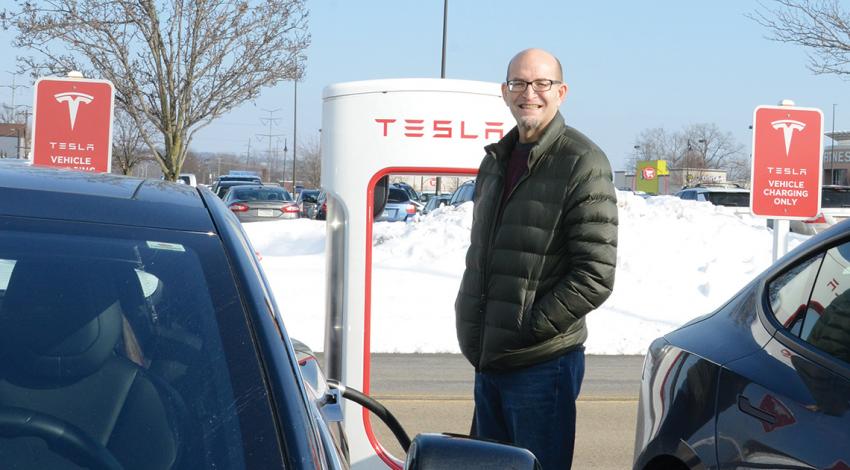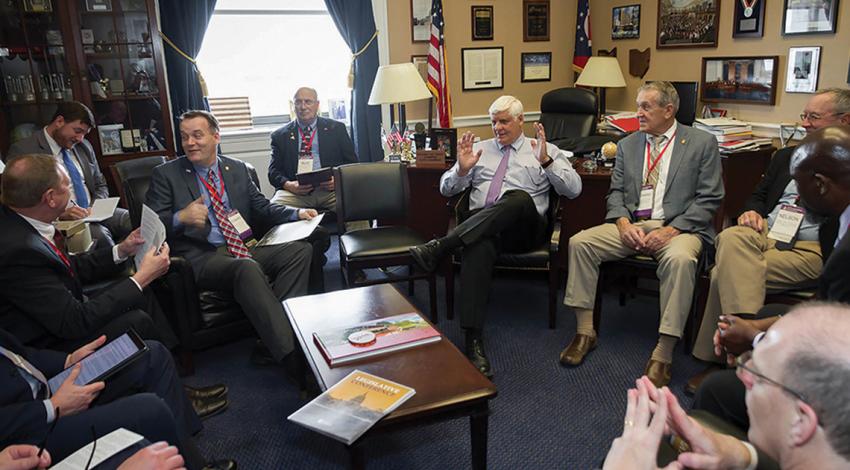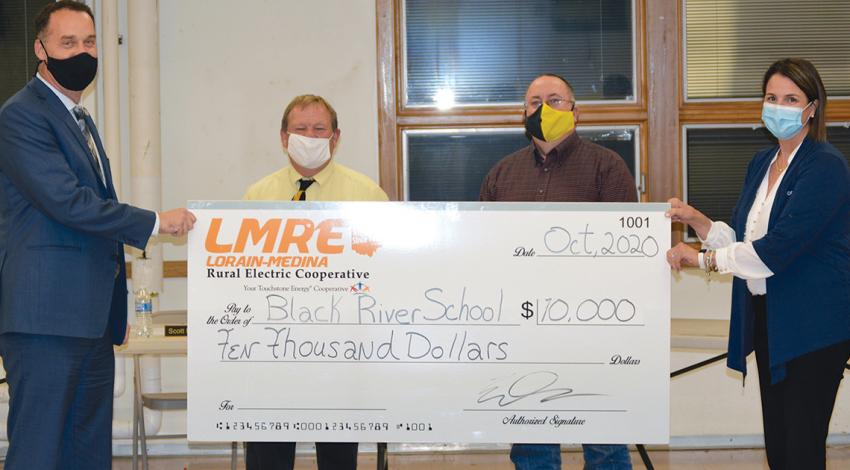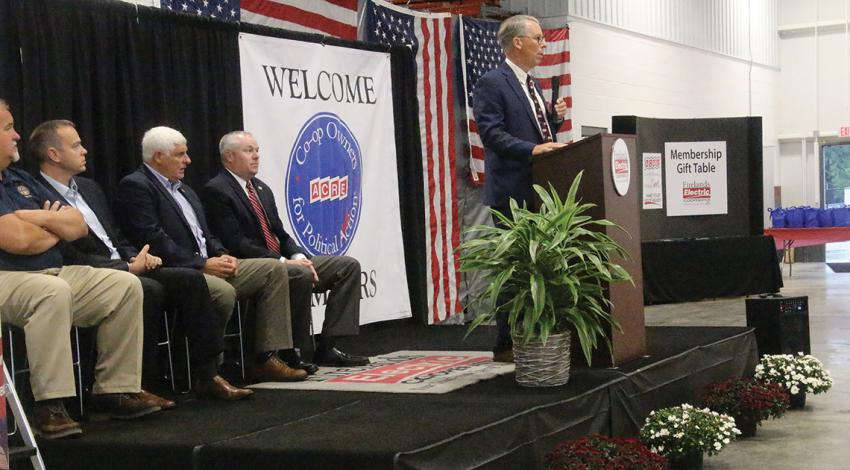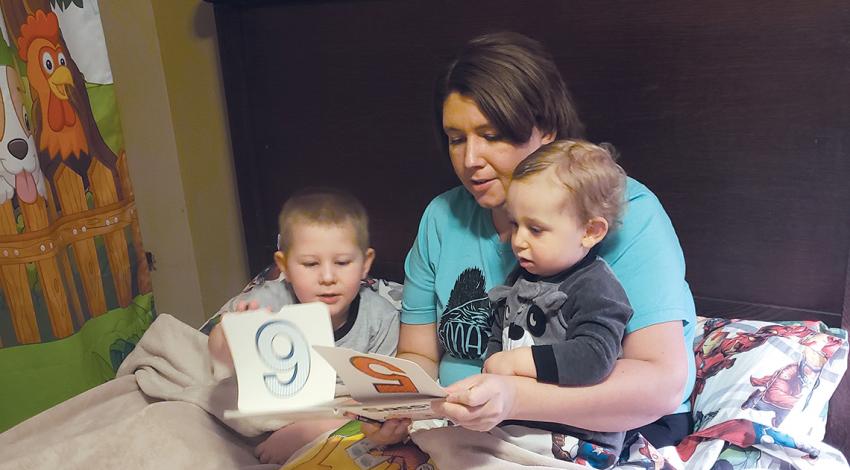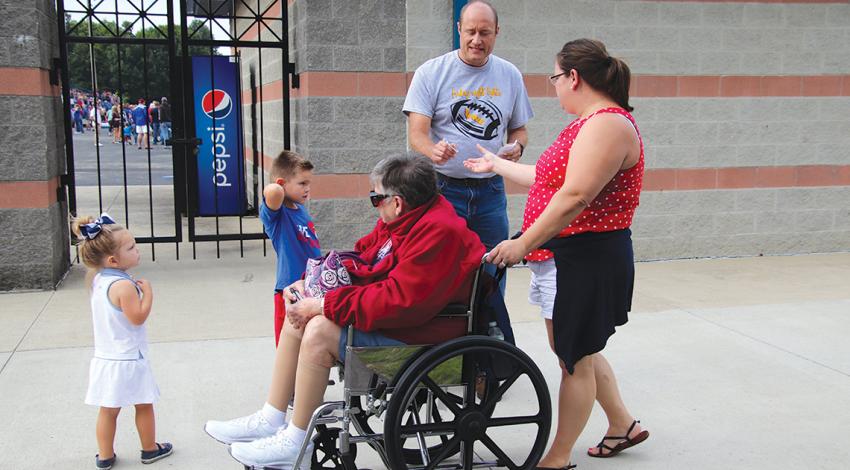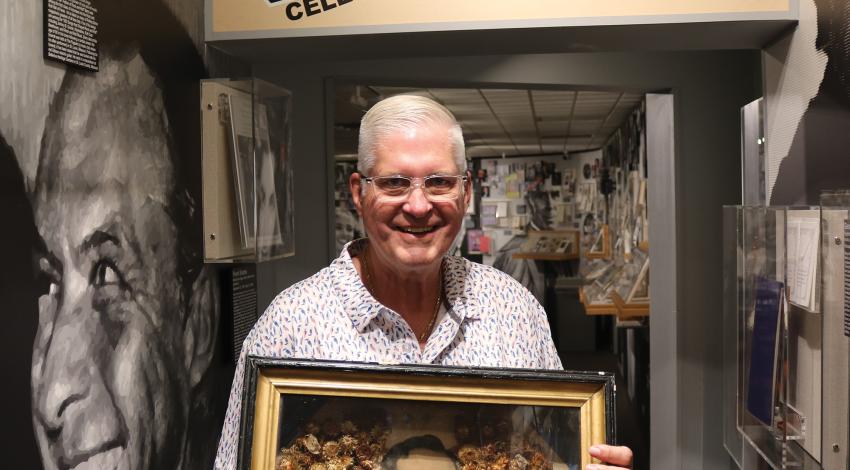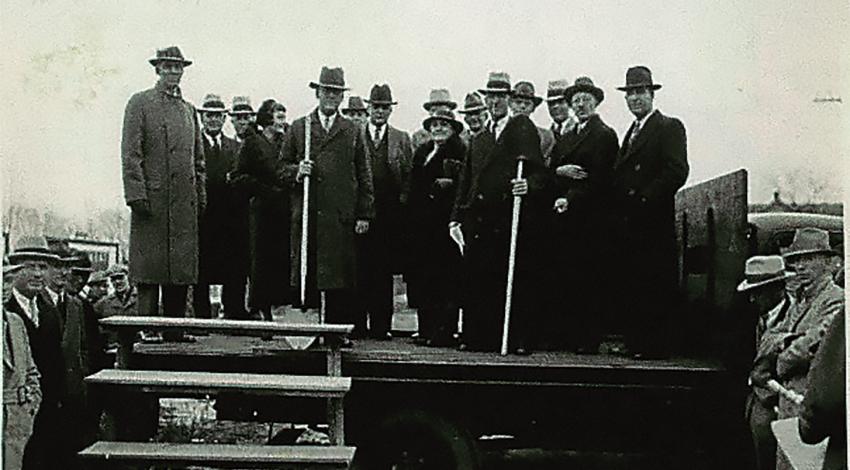Buckeye Power, the generation and transmission cooperative that provides electricity to Ohio’s 24 electric cooperatives, produces safe, affordable, and reliable power using an all-of-the-above generation strategy.
Each potential generating resource — coal plants, solar panels, hydropower facilities, etc. — produces power at a different level of reliability, environmental impact, and cost, so the trick is to balance each factor in the generation mix to produce electricity in the safest, cleanest, most economical, and most reliable way possible.
That’s already a complicated task, because some of those factors tend to be at odds with one another. In recent times, another factor has added another twist to those generation decisions: consumer attitudes.

